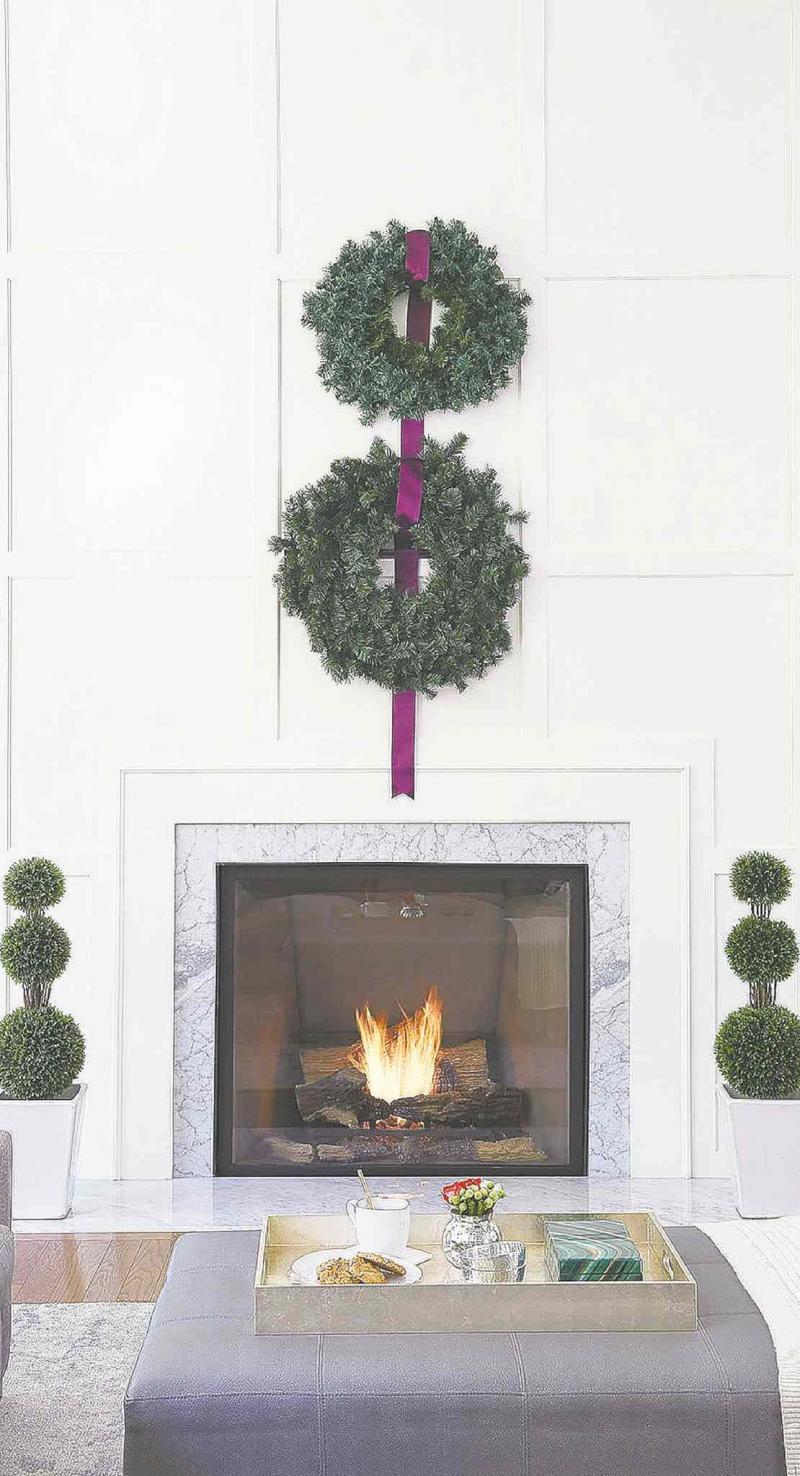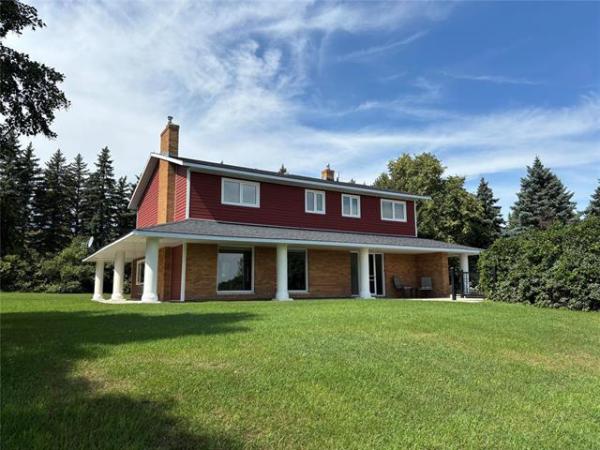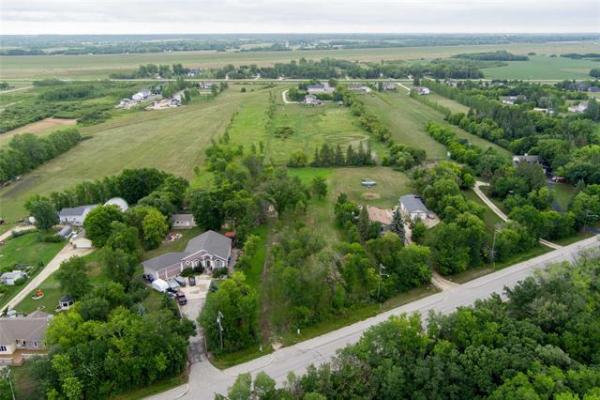
QUESTION: Our gas fireplace is mucho ugly. Saw on TV that you completely revamped a beast. Can you give me the options and costs?
ANSWER: The "mucho ugly" fireplace I renovated for my clients was originally 15 feet wide with two octagonal columns and floor-to-ceiling brick. We reduced the size to nine feet wide. You can see the full space in the December 2013 issue of Chatelaine (chatelaine.ca).
We could have just painted the brick and installed a gas insert, but when you're investing thousands of dollars in a fireplace reno, you want to do it once and do it right. You also want to take your time and shop around. The amount of choice on the market is dizzying.
The one we chose (as shown in the photo) is the direct-vent, zero-clearance Town & Country fireplace from Fireplace Concepts in Toronto. Zero clearance means combustible material can be placed right up against the unit's top, back, bottom and sides.
"Direct-vent, zero-clearance fireplaces are prefabricated boxes you can place directly onto a wood floor and frame with two-by-four-inch studs," says Peter Haats of Fireplace Concepts, whereas a standard "gas insert, also a prefabricated box, must fit into the confines of an existing masonry, wood-burning fireplace cavity."
It's hard to find a large gas insert because they're designed to fit standard fireplace openings of 36 inches wide and 24 inches high; these fit homes built between the 1950s and 1980s. In our case, because the family room is a giant 25-foot square with 14-foot ceilings, we made the opening larger. A standard gas insert would have looked like we installed (as Haats describes it) a mini-microwave with a pile of metal trim around it.
The Town & Country fireplace has a clean, uncluttered design -- void of medieval doors, knobs and unattractive grills -- and is available in the large sizes. Another feature is that it produces a large and highly coveted rip-roaring flame without producing too much heat.
Yes, it's a common misconception that the higher the BTU (British thermal unit), the better. Too much heat in a home that already has a primary gas or radiator heat source can make your home feel like a sauna. (Good, if you want to clear out guests early in the evening.)
The cost of a 32-inch-wide Town & Country model is approximately $7,500 for a zero-clearance model including installation (though we used one that was 42-by-42-inches). Gas inserts cost between $3,000 and $5,000 for a 32-inch model including installation.
Most fireplace manufacturers require an authorized dealer to install and vent your gas insert or zero-clearance unit or the warranty is void.
If you're starting from scratch, you will need drawings. Again, when you're making a big investment, you don't want to just wing it. I went through hundreds of photos and three sets of drawings before I was happy.
Even while working in the early stages of construction with Janos Nagy, a design-savvy and patient contractor, we tweaked the width of the panelling on site -- a few times. In other words, when dealing with millwork or masonry, be there in the early stages. Or, hire a designer to be there for you. Do not trust just anyone to do the job.
Last, about cost, I don't have a straight answer. The price depends on location, materials and design details. Veneer stone that goes up like tile will cost less than "a four-inch stone because of increased labour costs, and will require a foundation to bear the weight," says Haats.
I surveyed four contractors and one stonemason for comparative quotes on an eight-by-eight-foot fireplace floor-to-ceiling revamp. For stone masonry, the cost ranged from $4,000 to $9,000 for labour only. For "simple" floor-to-ceiling millwork, the cost ranged from $5,000 to $11,000 for labour only.
The fireplace here cost $28,000 including demolition, drawings, materials, labour and design fees.
Happy fireplace revamping!
-- Postmedia Network Inc. 2014



